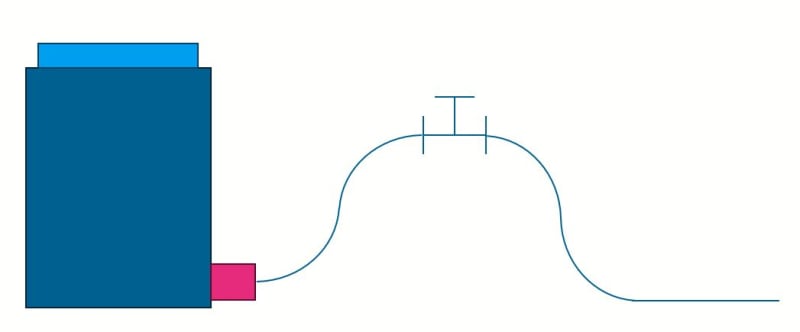You are always going to have some air in the system, as the cylinders and hoses will be supplied and assembled dry.
If possible, put a tee with a bleed screw in, with the tee on each cylinder at the highest point. That will give you the best chance of getting the air out.
It doesn't have to be just like this, but the air will rise to the highest point in the system, so it's about making the air collect where you want and having a means to let it out.
Mineral oil will absorb some air and since this is a static system, any additional air is not going to make much difference to the capacitance of the oil.
You will just pump the jack until the tank is supported. At this time, the air in the hoses will be at the same pressure as the oil and the volume will be much smaller as a result and as long as you pump slowly, there will be no risk of dieseling the oil (compression ignition).
On all hydraulic systems, there is the first fill that charges all of the lines and cylinders. once it's in, it won't come out until the system is drained. The working volume will be much less. so, as stated by others, just keep pumping and adding more oil until the system is full.

